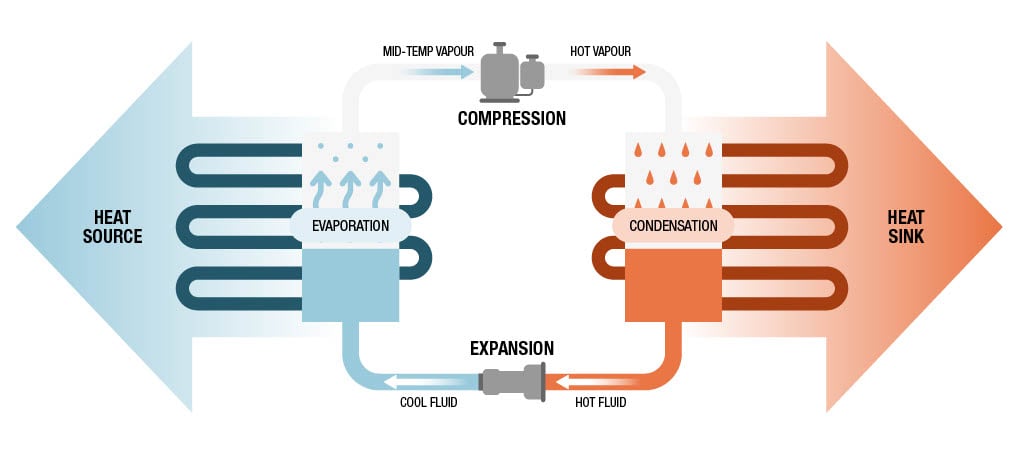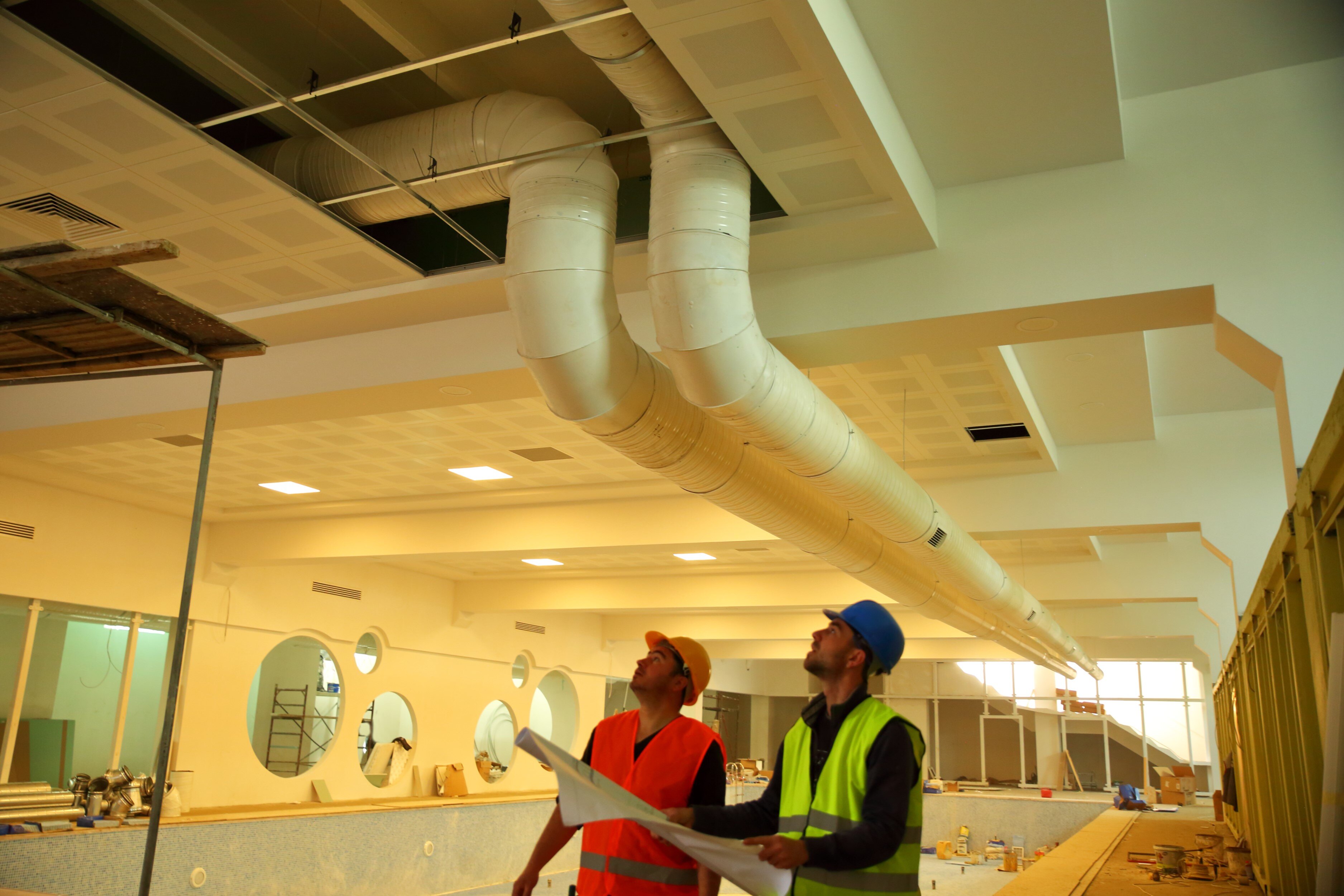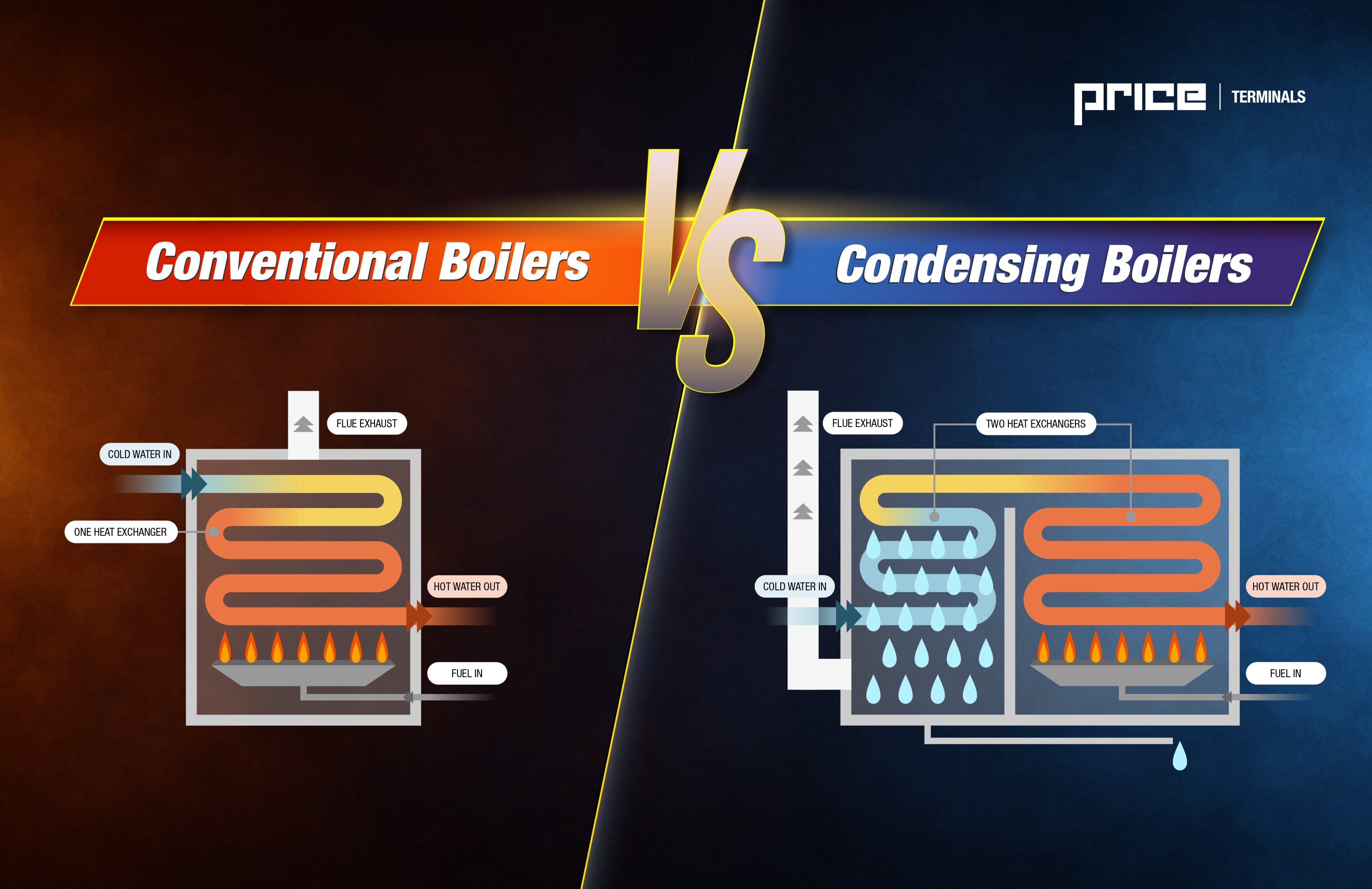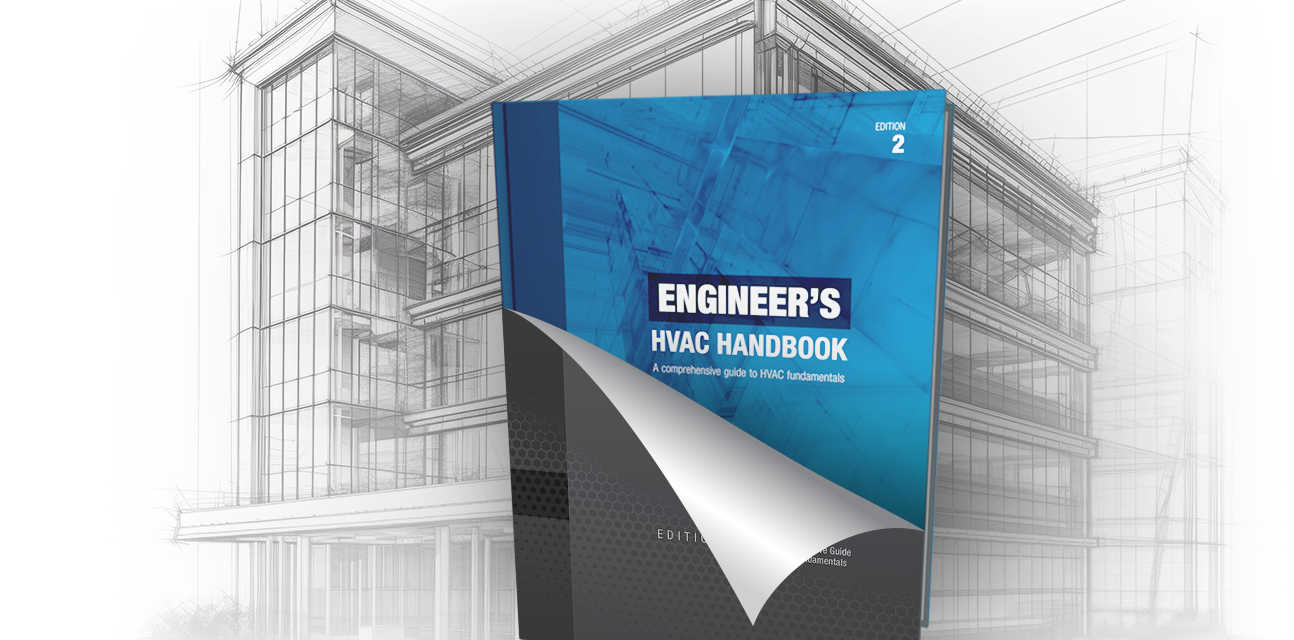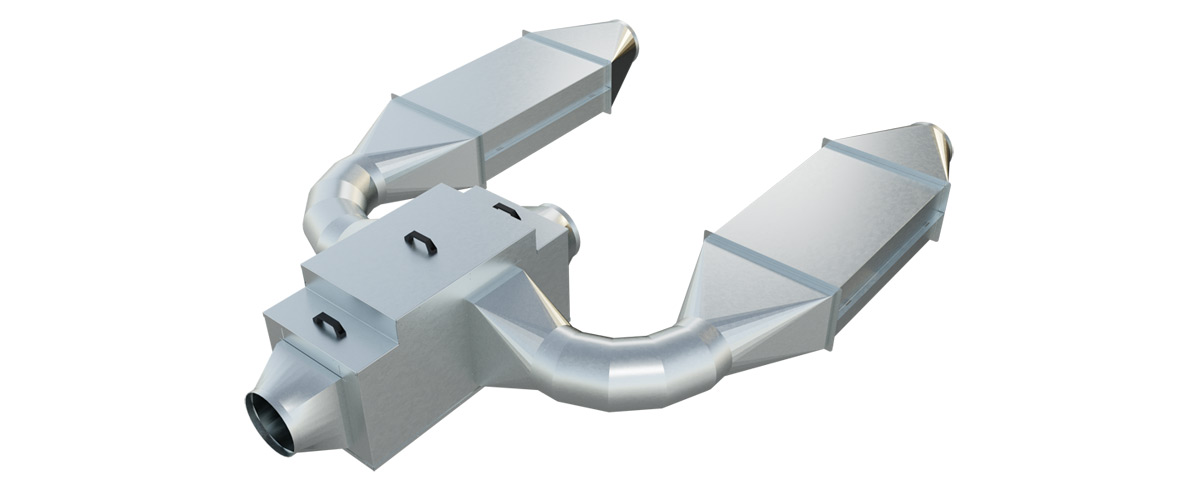Choosing the Right Coil to Optimize Your System’s Performance
Air-to-water heat pump systems are highly efficient HVAC solutions, but optimizing their performance depends on addressing key factors – most notably, the hot water supply temperature (HWST). And when these heat pumps are paired with a VAV distribution system, it’s especially critical to select the correct coil configuration.
Read More
Topics:
Pressure Drop,
Terminals,
System Efficiency,
HVAC Fundamentals,
HVAC,
Engineering,
Design Engineering
8 Reasons for Pressure Fluctuations – and What to Do About Them
Pressure fluctuations in a comfort-cooling variable air volume (VAV) HVAC system arise from various design, operational and external factors. These issues must be addressed to ensure consistent airflow, energy efficiency and occupant comfort.
Read More
Topics:
Static Pressure,
Pressure Drop,
System Efficiency,
Thermal Comfort,
HVAC Fundamentals,
HVAC,
Engineering,
Design Engineering
Optimizing Building Efficiency and Thermal Comfort
Commercial boilers generate heat through the combustion of fuel and the transfer of thermal energy to water. The heated water is then distributed throughout a commercial building for use in HVAC, processing, manufacturing and other applications. In North America, natural gas is the most common fuel type for commercial boiler systems, and the hot water they produce is frequently used for radiant or forced-air space heating.
Read More
Topics:
System Efficiency,
Heat Transfer,
Thermal Comfort,
HVAC Fundamentals,
HVAC,
Engineering,
Design Engineering
Your Complete Guide to Fundamental Industry Knowledge
The original intention of the Price Engineer’s HVAC Handbook was to create a “polished compilation” of existing design guides and examples from the Price Catalog. In typical Price fashion, we dedicated more than 20,000 internal hours over the course of two years to create an industry-first reference guide on air distribution – complete with 1,350 pages and more than 3,000 illustrations.
Read More
Topics:
System Efficiency,
Heat Transfer,
Psychrometrics,
Thermal Comfort,
HVAC Fundamentals,
HVAC,
Engineering,
Design Engineering,
Handbook
Ultra-Compact Energy Recovery for Anywhere Space Is at a Premium
When SolutionAir launched the RegenCore alternating mass-exchanger energy-recovery unit in 2019, the unit rocked the industry, delivering up to 92% effectiveness and no preheat requirement down to outdoor temperatures of −40°C/F. Its energy-recovery cores and four-damper design maximized energy conservation and minimized leakage, but combining the components meant RegenCore needed to be either mounted on a roof or concrete pad outdoors or installed in large mechanical rooms indoors.
Read More
Topics:
System Efficiency,
Psychrometrics,
HVAC,
Engineering,
Design Engineering


